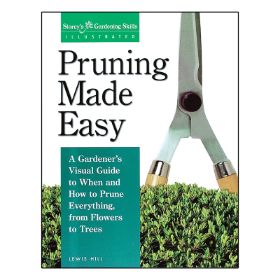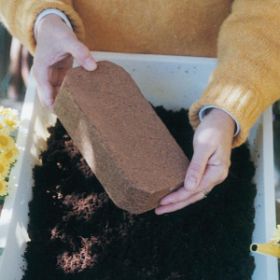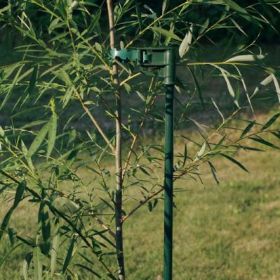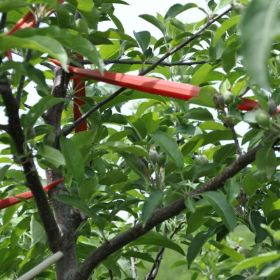Fruit Cocktail Tree
Description
The highly sought-after Fruit Cocktail Tree!
Enjoy Five delicious fruits from one custom grafted tree. Fruit Cocktail trees are hand-budded with a peach, apricot, nectarine, and in this case 2 plum varieties. Each branch on the tree will offer a different fruit. Without a doubt, one of the most outstanding grafted trees!
This tree includes the Italian Plum, Santa Rosa Plum, Mormon Apricot, Fantasia Nectarine, and the Elberta Peach. Get ready to experience a season full of sweet, delicious fruit!
Here is a little more information on each variety:
Elberta Peach
The Elberta peach is the favorite peach tree for home gardeners in the United States!
This variety of tree is famed for producing large quantities of excellent fruit for canning. The juicy, yellow flesh is great for eating fresh, as well as canning and freezing. It is a freestone peach (also known as a melting peach), meaning that the flesh separates easily from the peach pit and softens as it ripens. These peaches are large and juicy!
Fantasia Nectarine
A popular, large, yellow freestone that’s firm when ripe, but oh, so juicy. The taste is sweet but tangy, and very rich. Nectarines are large and brightly colored. There are so many, they require thinning for the best quality crop. Good for fresh eating, canning, and pies. Ripens in late August.
Morman Apricot
The Morman (Chinese) Apricot tree is an early blooming early bearing variety that is good for tough climates. The Chinese Mormon Apricots’ cold hardy, frost hardy, sets heavy crops of small to medium-sized free-stone fruits. Mormon Apricots are sweet with a mild flavor. It is best to plant in full sun with amended well-drained soil.
Italian Plum
The Italian Plum tree is famous worldwide for its reliability in producing an enormous crop of dark purple, medium-sized plums that are high in sugar content. This cold-hardy plant goes by a wide variety of names including Italian Prune, Italian Prune Plum, and Fellenberg Plum.
It is a European Plum variety, that is popular in-home orchards throughout the country. This freestone fruit has smooth, purple skin with a dusting of powdery blue. Its flesh is a semi-firm, golden yellow and has a rich blend of sweetness with a lemon-tart edge that sets it apart from the common taste of other plums. Italian Plums ripen in late summer to fall, typically August or September.
Santa Rosa Plum
A favorite of home gardeners and farmers’ markets, the Santa Rosa plum, was introduced in 1906 by famed horticulturist, Luther Burbank, out of his home in Santa Rosa, California.
It is known for its sweet, slightly tart taste, and deep purple red color. This variety typically takes fewer years to begin bearing fruit than other plums. For preservation, plums can be canned, made into jam, or dehydrated into prunes. The skin of the plum is thin, and its yellow flesh clings tightly to the pit.
This Japanese plum variety makes a stunning ornamental tree with its showy, pinkish-white blossoms in the spring.
This multi-budded tree is self-pollinating.
Characteristics
| Bloom Color | Pink, White |
| Chill Hours | 500 - 800 |
| Hardiness Zone Range | 5 - 8 |
| Pollination | Self-Pollinating |
| Shade/Sun | Full Sun |
| Soil Composition | Loamy |
| Soil Moisture | Well Drained |
| Soil pH Level | 6.0 - 7.0 |
| Years to Bear | 2 - 6 |
Zone Compatibility
Pollination
This variety is self pollinating.
Tools & Supplies
Questions & Answers
Customer Reviews
Here are more items we think you'll love!
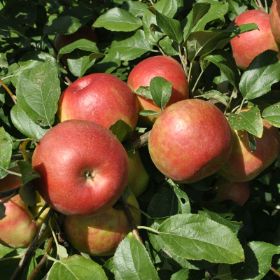 On Sale
Honeycrisp Apple
Starting at $27.99
On Sale
Honeycrisp Apple
Starting at $27.99
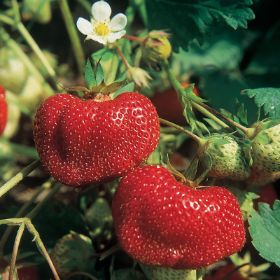 On Sale
Ozark Beauty Strawberry
Starting at $4.99 / 25 Pack
On Sale
Ozark Beauty Strawberry
Starting at $4.99 / 25 Pack
 On Sale
Bartlett Pear
Starting at $18.16
Easy to Grow!
On Sale
Bartlett Pear
Starting at $18.16
Easy to Grow!
 On Sale
Redhaven Peach
Starting at $39.99
Easy to Grow!
On Sale
Redhaven Peach
Starting at $39.99
Easy to Grow!
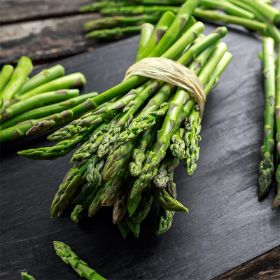 On Sale
Millennium Asparagus
$5.99 / 10 Pack
On Sale
Millennium Asparagus
$5.99 / 10 Pack
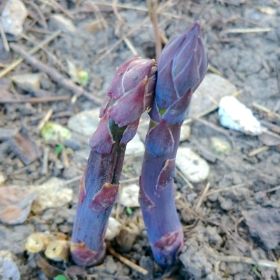 On Sale
Purple Passion Asparagus
$4.99 / 10 Pack
On Sale
Purple Passion Asparagus
$4.99 / 10 Pack






